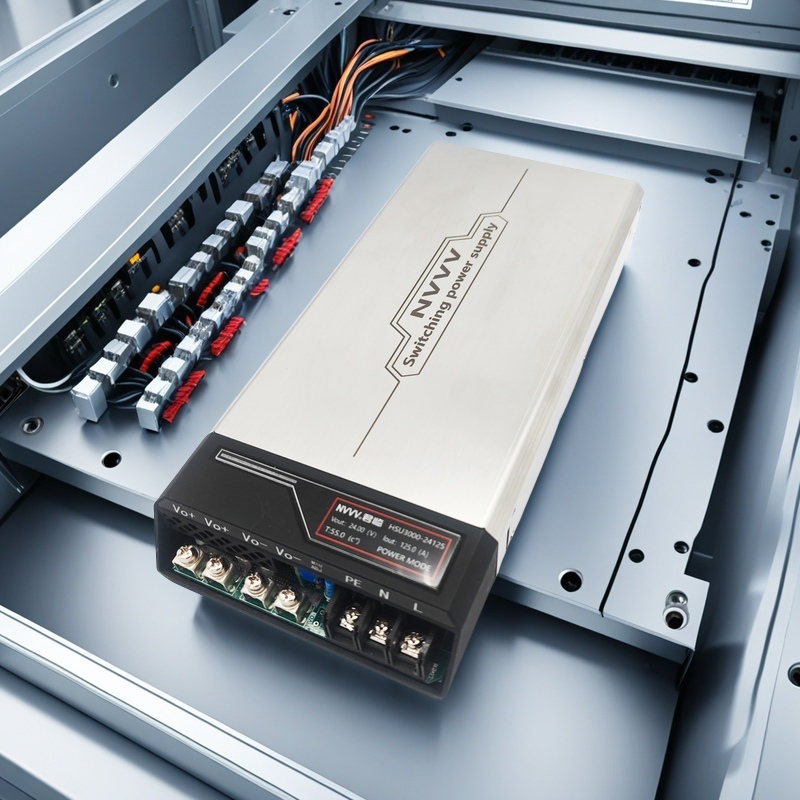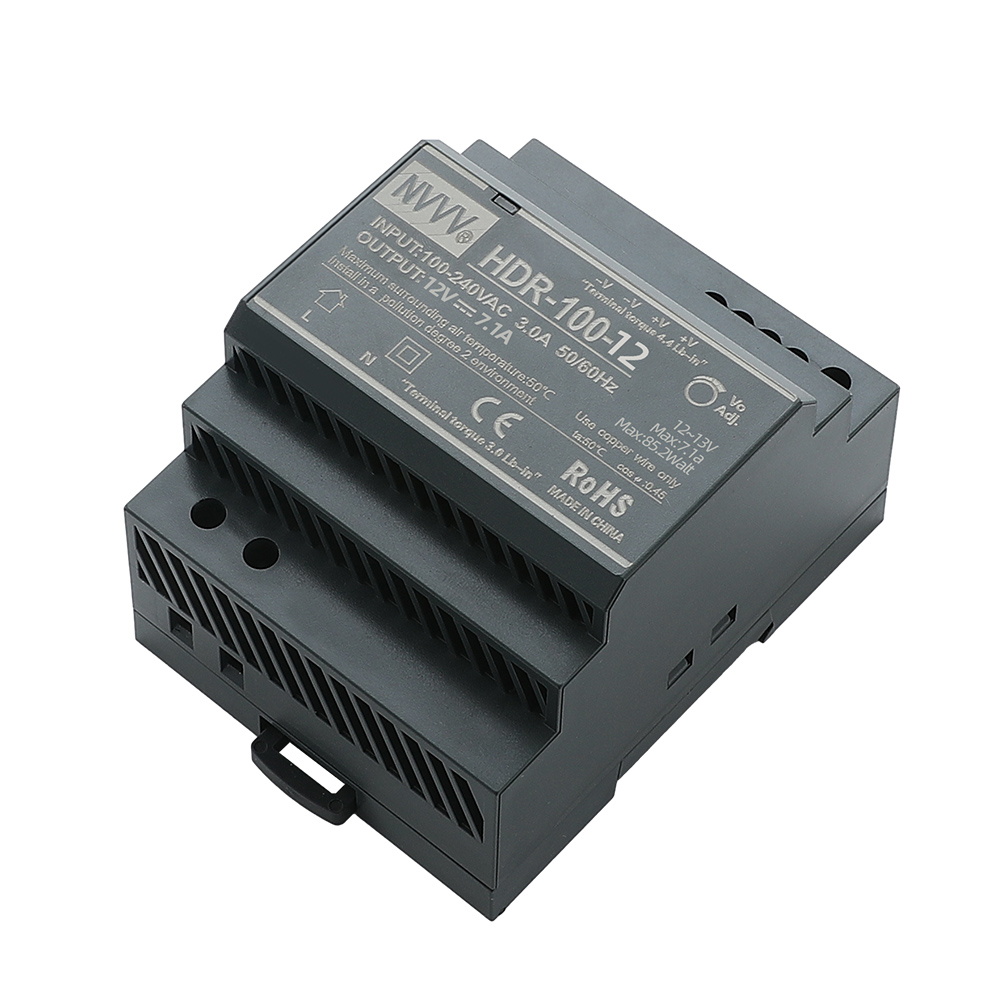How PLC Power Supply Works
Understanding and maintaining the power supply for a PLC is critical for ensuring the reliability and efficiency of industrial automation systems. The power supply's role in converting and stabilizing voltage is essential for the smooth operation of PLCs. Switch Mode Power Supplies (SMPS) are preferred due to their efficiency, compact size, and ability to handle varying power conditions. Selecting the right power supply involves considering factors such as voltage, current requirements, efficiency, regulation, protection features, environmental conditions, and compliance with industry standards. Regular checks and maintenance, including visual inspections, voltage and current measurements, load testing, and temperature monitoring, are vital to prevent downtime and ensure continuous, reliable operations. By adhering to these guidelines, you can ensure that your PLC system remains robust and dependable in any industrial environment.
How PLC Power Supply Works
Programmable Logic Controllers (PLCs) are essential components in industrial automation, requiring a reliable power supply to function effectively. A PLC power supply converts standard AC voltage (typically 120V or 240V) into the DC voltage required by the PLC. Most PLCs operate on 24V DC, although some may require 5V or 12V DC.
The power supply unit (PSU) for a PLC typically consists of a transformer, rectifier, filter, and regulator. The transformer steps down the high AC voltage to a lower AC voltage. The rectifier then converts this AC voltage to an unregulated DC voltage. This DC voltage is filtered to smooth out any fluctuations, and the regulator ensures a constant output voltage, free of ripple and noise, to the PLC.
Maintaining a stable and clean power supply is crucial for the reliable operation of a PLC, as voltage fluctuations can cause malfunctions or even damage the PLC. The power supply must also provide sufficient current to support all the PLC's modules and connected devices.
Why is SMPS Used in PLC?
Switch Mode Power Supplies (SMPS) are commonly used in PLC systems due to their efficiency, compact size, and reliability. Unlike linear power supplies, SMPS are more efficient as they minimize energy loss through heat dissipation. This efficiency translates to lower energy costs and less heat generation, which is particularly beneficial in industrial environments.
SMPS achieve this efficiency through high-frequency switching techniques, which allow for smaller transformers and components. This reduction in size and weight is advantageous for PLC systems, especially when space is at a premium.
Additionally, SMPS provide excellent regulation and can handle a wide range of input voltages, making them suitable for varying power conditions. Their ability to quickly respond to changes in load current ensures that the PLC and its peripherals receive a stable power supply, crucial for maintaining continuous and reliable operations.
How to Select Power Supply for PLC?
Selecting the right power supply for a PLC involves several key considerations:
-
Voltage and Current Requirements: Determine the voltage and current requirements of the PLC and all connected devices. Ensure the power supply can provide the necessary voltage and enough current to support the entire system.
-
Efficiency: Choose a power supply with high efficiency to minimize energy loss and heat generation. This is particularly important in industrial environments where equipment runs continuously.
-
Regulation and Stability: The power supply should offer good voltage regulation and stability to ensure the PLC operates reliably under varying load conditions.
-
Protection Features: Look for power supplies with built-in protection features such as over-voltage, over-current, short-circuit, and thermal protection to safeguard the PLC and connected devices.
-
Environmental Conditions: Consider the environmental conditions where the PLC will operate. Ensure the power supply is rated for the temperature, humidity, and vibration levels it will encounter.
-
Size and Mounting: Choose a power supply that fits the available space and mounting configuration in your control panel.
-
Certification and Compliance: Ensure the power supply complies with relevant industry standards and certifications, such as UL, CE, or CSA, to guarantee safety and reliability.
How to Check PLC Power Supply?
Regularly checking the PLC power supply is essential to ensure continuous and reliable operation. Here are steps to check the PLC power supply:
-
Visual Inspection: Inspect the power supply unit for any visible signs of damage, such as burnt components, loose connections, or swelling capacitors.
-
Voltage Measurement: Use a multimeter to measure the output voltage of the power supply. Ensure it matches the specified voltage required by the PLC (e.g., 24V DC). Measure both at the power supply output and the PLC input terminals to verify no significant voltage drop.
-
Current Measurement: Check the current draw using a clamp meter or by measuring the voltage across a known resistor in series with the load. Ensure the current draw is within the power supply's rated capacity.
-
Load Testing: If possible, perform a load test by connecting a resistive load to the power supply and measuring the voltage stability under load conditions. This helps identify if the power supply can maintain a stable output under varying loads.
-
Temperature Check: Ensure the power supply is operating within its specified temperature range. Excessive heat generation can indicate an underlying issue or inefficiency.
-
Check Indicators: Some power supplies have built-in status indicators (LEDs) for power, overload, or fault conditions. Ensure these indicators show normal operation.
-
Monitoring: Use a PLC diagnostic tool or software to monitor the power supply's performance over time. This can help identify intermittent issues or trends that may require attention.
By following these steps, you can ensure your PLC power supply operates reliably, preventing downtime and maintaining efficient industrial operations








